726 UMMA Objects
726 UMMA Objects

Japanese (Japanese (culture or style))
The Bodhisattva Jizô with a demon and children
1700 – 1899
Gift of Susan Pratt Walton in honor of Catherine Mariotti Pratt and James Bisset
1986/1.190
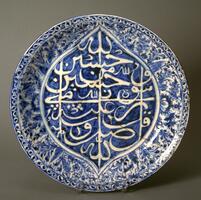
Ali ibn al-Hajj Muhammad
Platter with an inscription from a Hadith [a saying of the Prophet Muhammad], signed by Ali ibn al-Hajj Muhammad
1600 – 1799
Transfer from the College of Architecture and Design
1972/2.158
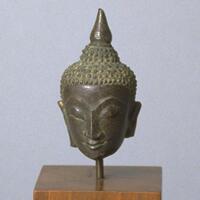
Thai
Head of a Buddha, with flaming topknot
1600 – 1799
Gift of the Estate of Margaret E. Tracy
1978/2.46
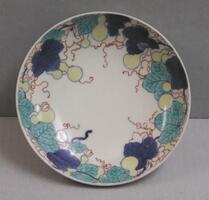
Artist Unknown, Nabeshima ware, Japan
Plate with gourd and vine design (one of five with 1964/1.100 and 102-104)
1700 – 1732
Museum purchase made possible by the Margaret Watson Parker Art Collection Fund
1964/1.101

Yokoi Kinkoku (Japanese (culture or style))
Portrait of the Poet 'Basho'
1767 – 1832
Museum purchase made possible by the Margaret Watson Parker Art Collection Fund
1968/2.22
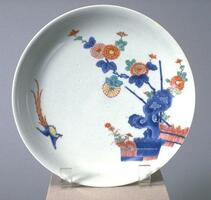
Japanese (Japanese (culture or style))
Arita ware dish with design of chrysanthemums by a brushwood fence
1700 – 1732
Gift of Mr. and Mrs. George F. Green
1970/2.1
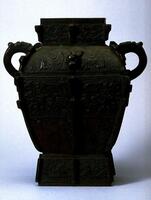
Chinese (Chinese (culture or style))
Fang lei (square wine vessel) with bas relief bird designs
1700 – 1899
Transfer from the College of Architecture and Design
1972/2.100
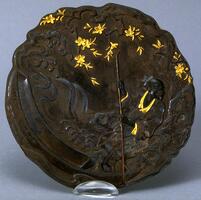
Japanese (Japanese (culture or style))
Mirror or relief plaque with scene of Taigong Wang fishing
18th century
Transfer from the College of Architecture and Design
1972/2.102
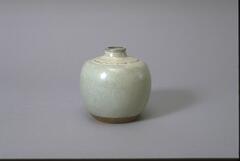
Chinese (Chinese (culture or style))
Jar
18th century
Transfer from the College of Architecture and Design
1972/2.62
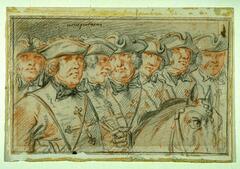
Charles Parrocel
A Group of Musketeers
18th century
Gift through the Estate of Edward Sonnenschein
1970/2.55
Loading…


